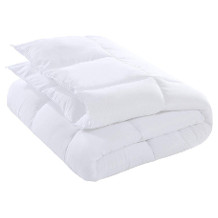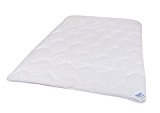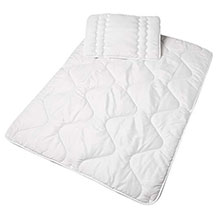Electric blanket purchasing advice: how to choose the right product
- The most important facts in brief
- As a practical and quick alternative to a hot water bottle, an electric blanket is worthwhile for all those who do not want to freeze.
- The electric blanket contains a heating wire that is heated by the flow of electricity.
- In addition to electric blankets, there are also heated underblankets and combination heated blankets.
- When using them in everyday life, it is important to pay attention to safety.
Electric blankets for a cosy and warm feeling of well-being
Creating warmth at the touch of a button – this can be achieved in no time with an electric blanket. A heating wire generates heat when electricity is applied, while a soft cover increases cosiness and the snuggle factor. Various safety features help you relax.
Historically significant precursors
When people began to pre-warm their beds before slipping into them, it became comfortable. Freezing at night could now be limited to a bearable level. At first, stones (also known as “warming stones”, “brique chauffeuse” or “bed stones”) were used, which were heated in the fire or in the oven. The long heat retention time can be seen as an advantage, because many stones store heat very well for several hours. Wrapped in cloth, the risk of burning is extremely low. However, their heavy weight made them unwieldy, especially when heated.
Around the 16th century, people also experimented with glowing coals in bed. To prevent the bedding from catching fire, they put the coals in a metal bed warming pan, for example made of copper or cast iron, including a metal lid and a long wooden handle. The lid had small openings that let air in but kept the coals safe. They were also often ornately decorated. In addition to embers, other heated materials were also placed in the pan, for example heated stones.
The glowing coals in particular probably led to an increased fire hazard in the bed. Moreover, it took a long time to prepare them. Finally, in the 1920s, the practical hot-water bottles made of rubber appeared. They are comparatively light, adapt flexibly to the body and offer more safety. But manufacturers had been selling electrically powered electric blankets and pads since the end of the 19th century, when the first households were supplied with electricity. However, the first products were not waterproof and also contained problematic raw materials.
The electric blanket as a modern source of warmth
Today, electric blankets meet higher safety standards. Nevertheless, it is important to always use them attentively and not continuously – only then do they create a cosy warmth in bed, on the sofa or in the office.
The advantage over all other heating methods is that users do not have to heat up an electric blanket in an elaborate way. They do not have to heat up a stove, create embers or heat water. All you have to do is plug the blanket into a suitable, functioning socket and use the switch to set the desired heat level – it couldn’t be easier. Almost the whole body is happy about the constant heat supply, which helps many to relax:
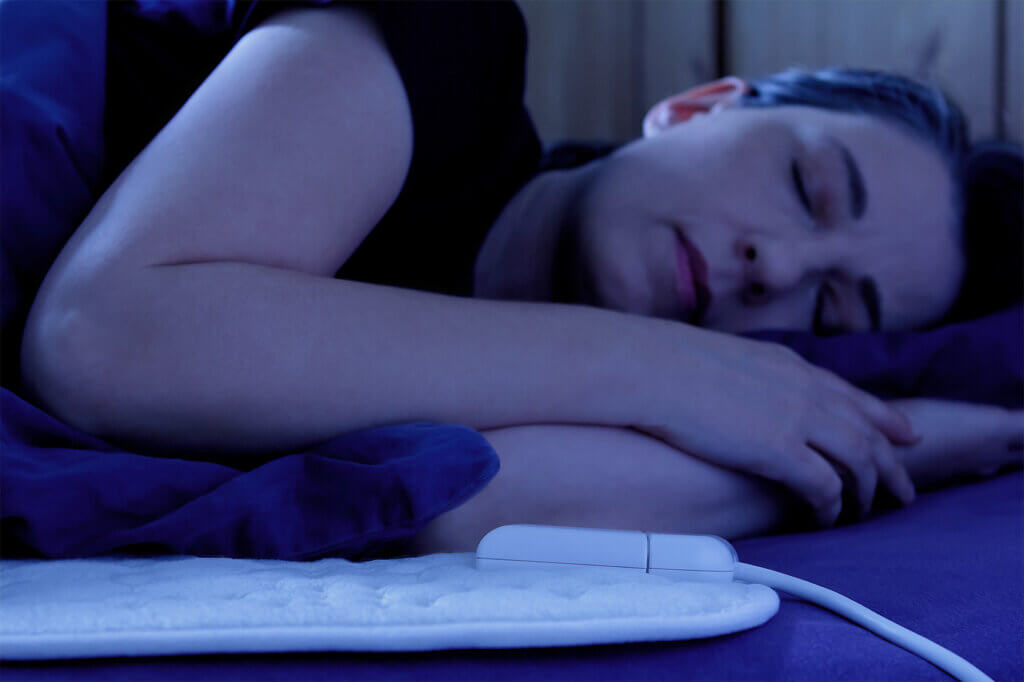
- Neck and shoulders
- Back
- Abdomen
- Thighs and calves
- Feet and hands
The different versions
Electric blankets are available in different versions. The best known are the classic electric blanket, the heated underblanket and the combination heated blanket. The basic construction is similar for all models: A heating wire is located in a blanket, which in turn is made of different materials such as wool or plush. It can be connected to the socket via a cable to which the switching mechanism is also connected.
In the following, we will explain the features, advantages and disadvantages of the individual models and clarify for whom each type is best suited.
The classic electric blanket
The classics among the electric blankets are characterised by an amazing variety. They are available in numerous sizes and colours, so that every interested person can find a suitable model for his or her individual taste and wishes. Some variants are better suited for lying on, others are designed so that users can snuggle in comfortably. The products are quickly connected when needed and can be stored away in the cupboard just as quickly.
The advantages and disadvantages of the classic electric blanket:
Pro points
- Easy to handle
- Flexible and mobile
- Many different sizes, colours and designs available
Drawbacks
- Easily damaged if handled incorrectly
- Too warm for beds
Who is this variant suitable for?
The classic electric blanket is a practical aid in many households. It is suitable for various rooms. Depending on the version, users can even take it with them into the car. The blanket draws the necessary power from the cigarette lighter. It is important to ensure that the blanket does not heat up for too long while the car is parked. Otherwise the battery will run down quickly.
Incidentally, conventional electric blankets should not be used on babies, small children and pets. For one thing, their performance is not designed for these users, and for another, children can strangle themselves on the cables and animals can chew through them. If necessary, it is better to use special versions for these target groups.
The heated underblanket
The heated underblanket is a special version of the electric blanket. Users place it on the mattress; the bed sheet is placed over it. Unlike the classic electric blanket, it is not a flexible and mobile but a stationary heating product. Users switch on the heated underblanket at the flick of a switch before going to bed and thus ensure a warmed bed in no time at all. Due to the load – on the one hand from the user’s body weight, on the other hand from any changes in position during the night – the products are extremely robust and resistant.
The following speaks for and against a heated underblanket:
Pro points
- Very robust and durable
- Best way to pre-warm the bed for sleeping
- Available for different mattress formats
- Stays permanently on the mattress without slipping
Drawbacks
- Can only be used as a bed pad
- Partly only hand-washable
- Too warm for beds
Who is this variant suitable for?
Those who don’t like to slip into a cold bed or lose mobility due to the cold at night will find these products a first-class method to provide heat safely and precisely in the right places.
To put it on, users first have to clear the whole bed, because the electric blanket lies directly on the mattress. In addition, they have to accept that they cannot simply take the heated underblanket with them onto the sofa when needed. On the other hand, the underblanket does not slip so easily and is characterised by a certain stability. Those who shy away from a strenuous and lengthy cleaning process should specifically buy a product that can be washed in the washing machine.
The combi blanket
The combi-heating blanket is an electric blanket that is additionally equipped with pockets for the hands or feet to warm them from both sides. It is also possible to warm the hands in the pockets and the front of the thighs with the underside of the blanket at the same time. Even though the blanket version comes in a rather small format, it still stands out for its high efficiency. This feature ensures that users can warm up more quickly. On top of that, the product is thicker. A typical feature of the combi heated blanket is the fluffy cover fabric, which provides additional comfort.
Like the other types of heated blankets, the combi heated blanket also has various advantages and disadvantages:
Pro points
- Warms hands and feet simultaneously from both sides
- Flexible and mobile
- Fluffy cover
Drawbacks
- Rather small format
- Not suitable for the sofa
Who is this variant suitable for?
All those who freeze easily and especially want to provide their hands and feet with warmth from both sides are well advised to use this product. The combination warm blanket is less suitable for the bed, but it is a good choice for cosy moments on the armchair and sofa. The fluffy cover fabric appeals especially to users who like to cuddle.
What matters when buying
To find the right product for them, consumers should know some basics about electric blankets and what to look for when buying. Some features and functions are a must, while others are optional.
Features and functions
Below we explain the most important factors when buying an electric blanket:
Dimensions and shape
Electric blankets are usually square or rectangular, but some models come in other shapes, such as round. Consumers will find a wide range of sizes. There are small electric blankets that are about the size of a back and large heated underblankets that measure 200 x 180 centimetres.
To find the right size for you, it is important to know your needs. If you only want to provide your shoulders and neck with warmth to get rid of tension more easily, you are well served with a small one. To snuggle up on the couch under the electric blanket with your partner on cold autumn and winter evenings, it should be a model for two people. Heating underblankets should be adapted to the size of the mattress.
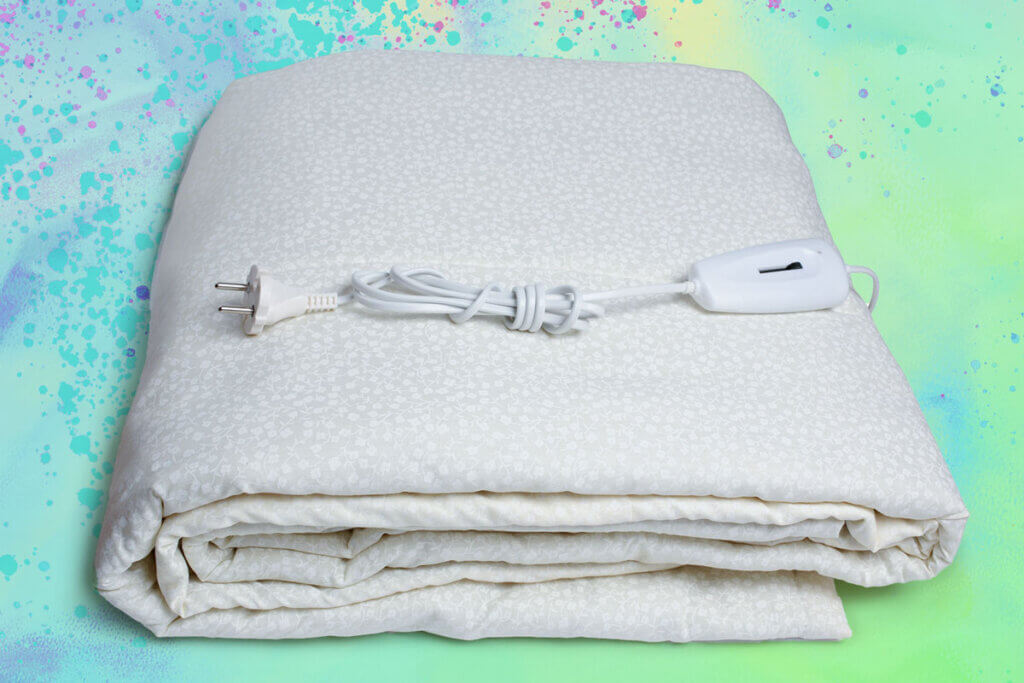
The material
Buyers can choose from various materials with different properties for the cover. Depending on the material, the covers are easier to care for or wash. They also have a different effect on the skin. Typical materials are fleece, polyester, flannel, cotton and fleece. While fleece is considered very cosy, polyester is the most suitable material for a heated underblanket.
The power supply
The majority of products are mains-powered electric devices. However, more and more manufacturers are also bringing out USB devices and those that can be plugged into the car’s cigarette lighter. Some models even have a rechargeable battery for wireless operation.
The cable of an electric blanket must be long enough so that it can be used comfortably in your favourite place. Manufacturers do not use a standard cable length, but produce different cable lengths. With a rechargeable battery model, consumers can of course save the cable.
Performance and power consumption
Manufacturers specify the power of an electric blanket in watts. In most cases, it is 60, 100 or 150 watts. With many devices, the power can be adjusted in steps.
Consumers often avoid electric blankets because they fear high power consumption. However, if you use an appliance with 100 watts for about half an hour a day, you will only have to reckon with energy costs of about four to five euros a year or less than two cents a day.
Safety
As with other electronic household appliances, an electric blanket should have a CE mark. The GS mark is another indication that it is a safe product. Integrated control systems reduce the risk of the blanket heating up too much and catching fire.
Nevertheless, it is advisable not to fall asleep on electric blankets and heated underblankets that are switched on or to leave them alone with pets and children. All electric blankets and heated underblankets should have an integrated automatic switch-off and overheating protection. After all, it can quickly happen that users fall asleep in the wake of the cosy warmth.
Preheating time and temperature control
Most high-quality products start generating heat as soon as they are switched on. It only takes a few seconds until the desired heat level is generated. Many electric blankets also come with the option of regulating the temperature. For this purpose, the on/off switch is equipped with various setting options.
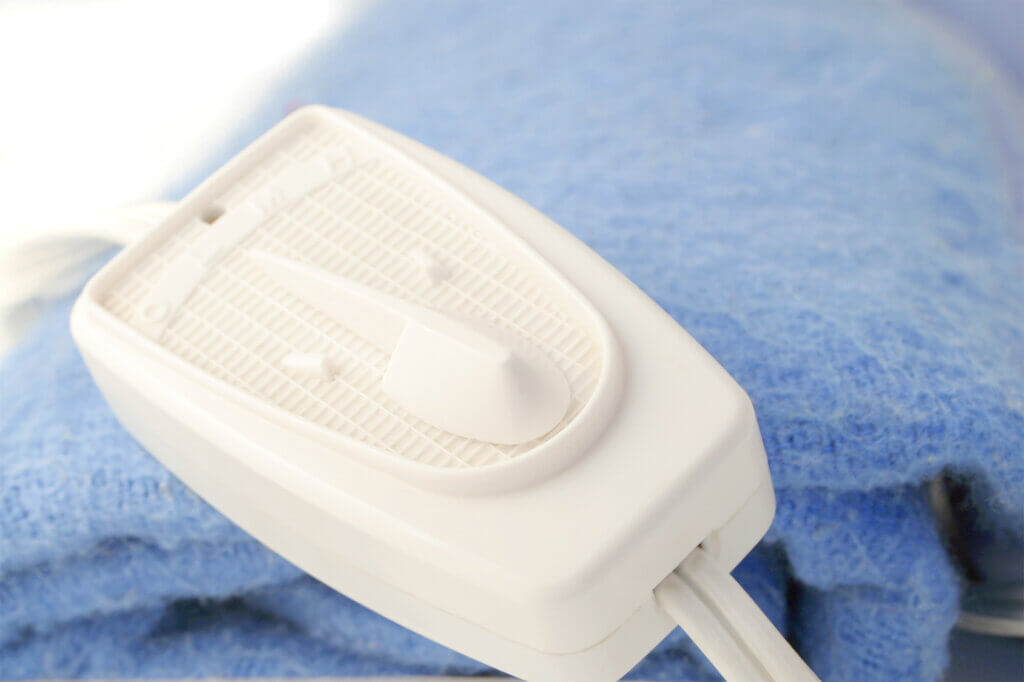
Optional equipment
The following extras are a good choice for demanding customers:
- Display: Some switches come with a small display that shows various values during operation.
- Control light: A control light is a useful tool, especially for heated underblankets. It shows, for example, whether the desired temperature has been reached.
- WLAN: Preheat the bed comfortably via smartphone – this is possible if the heated underblanket is compatible with WLAN. The product can be programmed comfortably on the sofa via an app.
- Timer: If you don’t want to wait for the electric blanket or the heated underblanket to turn itself off, go for a model with a timer. This allows you to set the maximum heating time – usually in stages.
- Temperature zones: Some heated underblankets have different temperature zones. This makes it possible, for example, to heat only the foot zone. This is a good function for those who freeze more quickly in certain areas of the body than in others.
Tips and hints for use
Warmth can be very restful and relaxing, but you should not overdo it. Use the products only for short periods of time and not when the temperature is too high. It is particularly problematic if you fall asleep on the blanket and it continues to run for hours at high heat. In the long run, this can cause brown skin discolouration or even erythema. As soon as itching or burning occurs during use, you should no longer treat the area with heat. Ideally, you should use the electric blanket for 20 to 30 minutes. A heated underblanket should also only be used to warm the bed.
Do not let it get wet during operation
The combination of electricity and water is life-threatening. Although many electric blankets are insulated, they can be dangerous when wet. Since hot water bottles can leak, you should not combine these products. However, the market has well-insulated electric blankets available, for example for people with incontinence.
Tips for care and cleaning
Many models come with a fully washable cover. This is important because heat always causes perspiration. They can also come into contact with other body fluids or spilled drinks. You have to wipe the inner part with the heating wire by hand. High-quality electric blankets, on the other hand, can be washed completely in the machine (on the gentle cycle). If at any time a wire protrudes from the product or there is damage, repair or replacement will be necessary.
Follow the product instructions
Electric blankets require careful handling. For example, some heating wires do not tolerate kinks or folds. So you should not bend, fold or roll them up too tightly. Other blankets are so sensitive that you must not lie on them, as this would also damage the heating wires. Information on this can usually be found in the product instructions. If you don’t feel like being so careful, you can also buy more robust models.
Fig. 1: © agenturfotografin / stock.adobe.com | Fig. 2: © Popova Olga / stock.adobe.com | Fig. 3: © GVictoria / stock.adobe.com

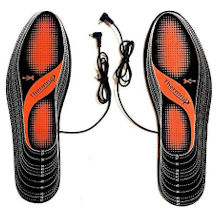
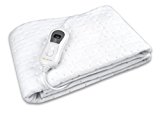
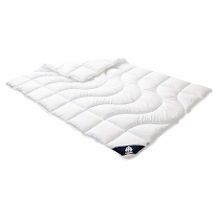
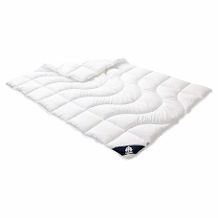
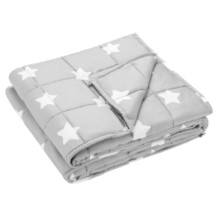
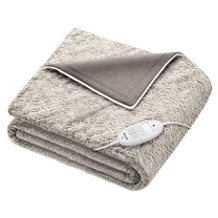

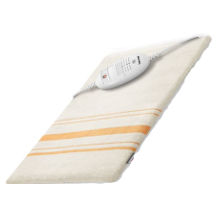
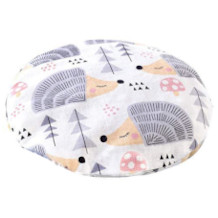
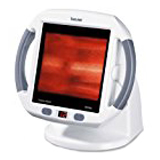








 15,153 reviews
15,153 reviews

